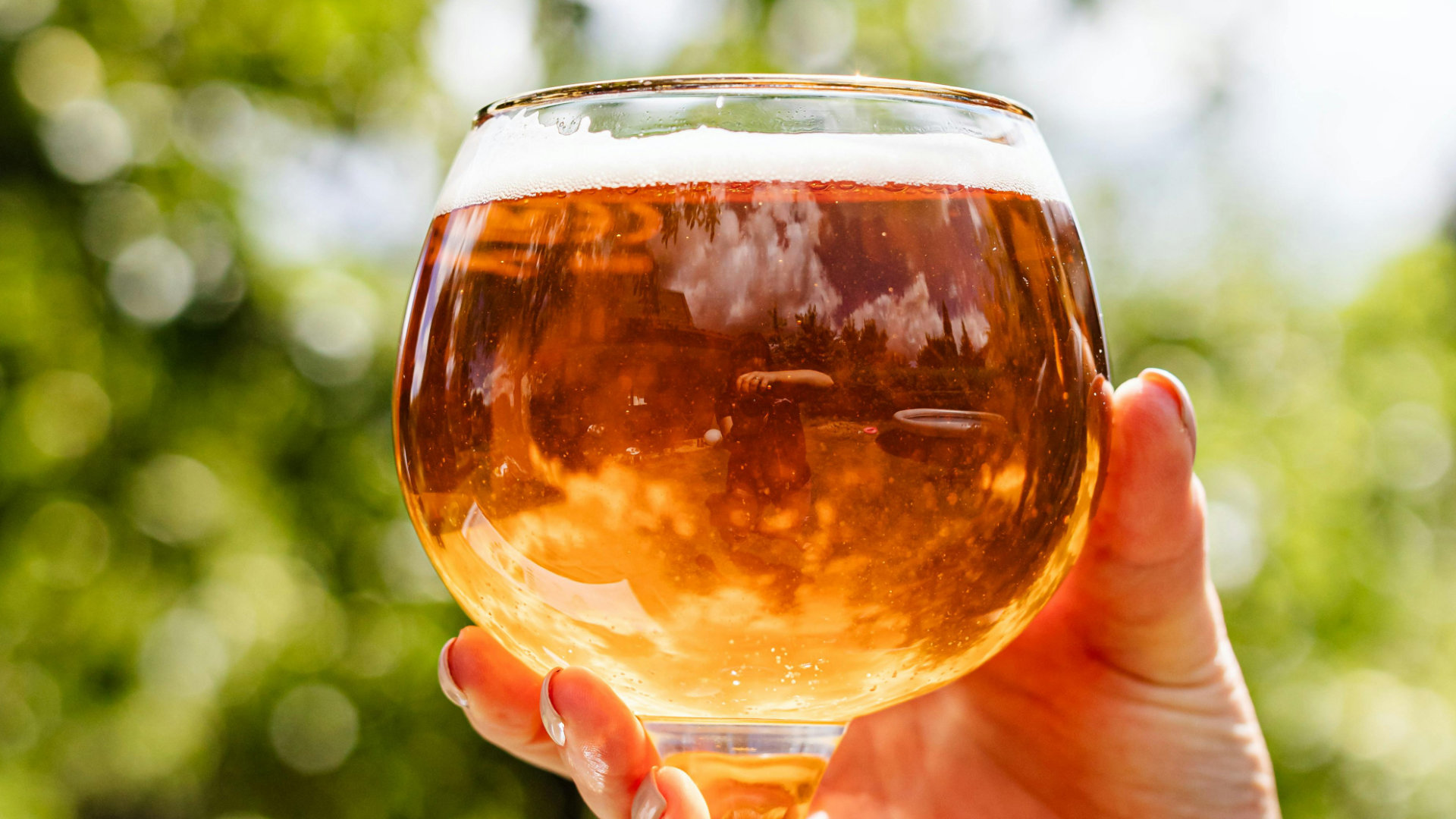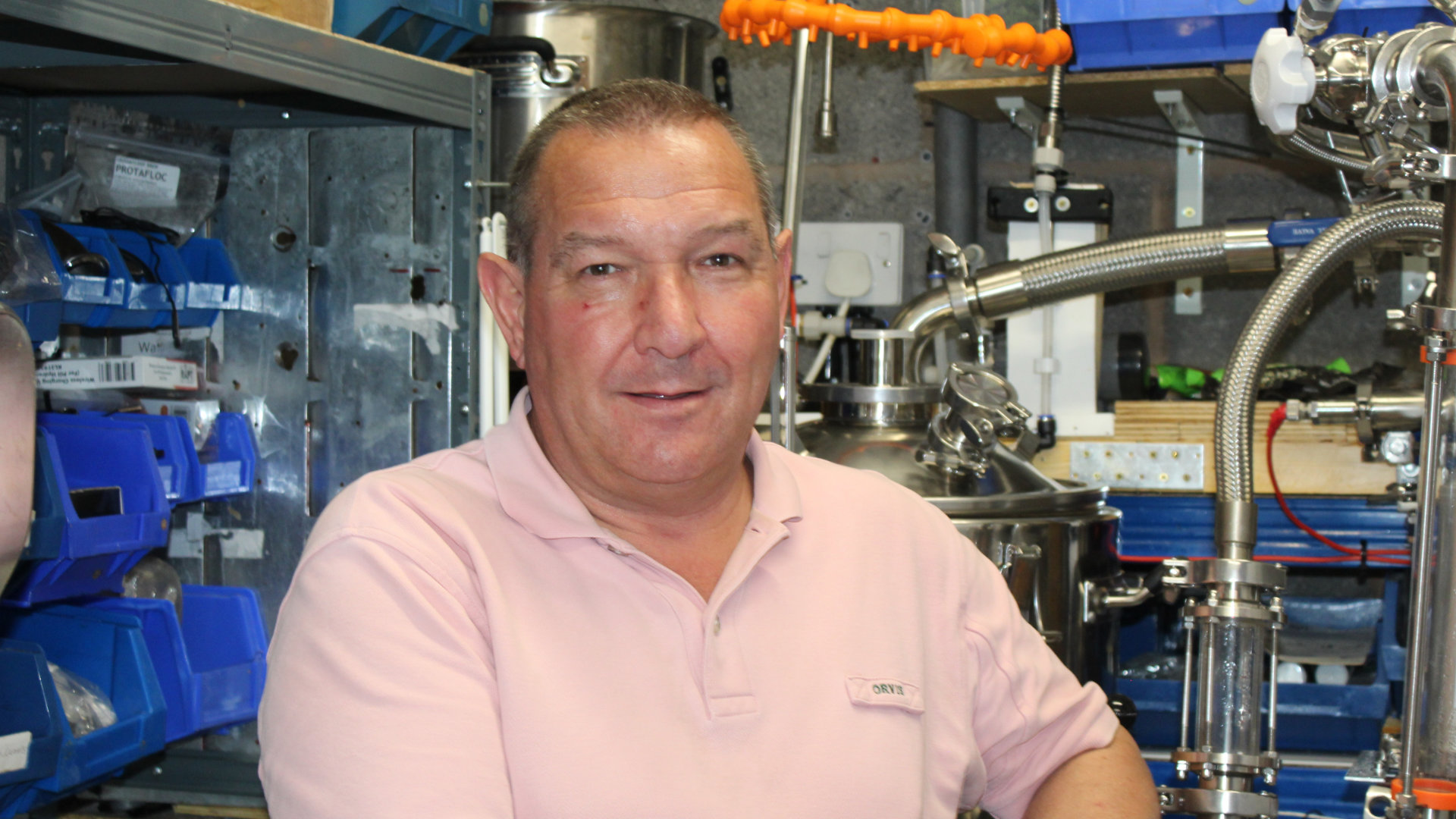Small beer - or table beer as it’s also known - is becoming big. In popularity, not strength. That would defeat the purpose. Small beer is basically any beer that comes in at between 0.5% to 2.8% ABV. In my youth I would have rolled my eyes and turned my back on booze with less booze. These days, however, I can definitely see the benefit of staying at table level, rather than under it.
I’m clearly not alone: according to a report by SIBA*, there has been a 30% increase in sales of no and low alcohol beers since 2016. And 41% of drinks industry leaders see these types of brews as the top emerging trend, knocking craft beer off its pole position, where it has been comfortably seated for the past five years. Not surprising when 66% of beer drinkers now follow a healthy lifestyle and with the growing number of 18-24 year olds who are cutting down or cutting out alcohol from their lives.
The thing with small beers is that you don’t have to worry so much about how many you drink: you can relax and enjoy a sociable drink and still be fit for living the next day. Hell, you can even enjoy a couple with lunch and slip competently behind your desk to knock out an afternoon of work. (Don’t drink and drive though, kids. OK?)
According to the pros at Small Beer Brew Co, the reason for this is that magic 2.8%: at that ABV, or under, you’re actually hydrating your body. Any higher and your drink becomes a diuretic, making you pee. And it’s not just that: small beers are isotonic. They contain similar sugar levels to the human body, which promotes proper rehydration. And as we all know, part of the hangover pain and sluggishness is due to dehydration. And not getting off your face is also way more sociable. There’s a lot to be said about sitting down with a great beer and good conversation. With stronger beers it’s easy to overstep that pleasurable buzz.
But can you get the full beer ‘experience’ - taste, mouthfeel, body, aroma - from small beers? Until now, the offerings have been pretty poor. Thankfully, that’s changing. We chat to one of the pioneers in this realm, the award winning Small Beer Brew Co, to get the lowdown on their low alco brews. And if you fancy making your own small beer, don’t miss their recipes on page 32-33.
A small piece of history
While small beer is only recently becoming more widely available, it’s certainly not a new thing. Far from it: in the 1700s small beer was extremely popular in the UK, drunk for hydration and nutrition by everyone from kids to high society. It was even prescribed by physicians to treat illnesses.
Cleaner and tastier than water in those days, small beer was also a frugal way to get more product from the beer making process. Historically, beer was always made in the home; these homebrewers would make a bigger beer with the first mash and then make a lower strength brew with the second runnings (containing less fermentable sugars) by sparging the mash.
With young families to look after and long days of work to conquer, Felix James and James Grundy couldn’t be doing with hangovers. But they still wanted to kick back with a decent brew at the end of the day. While they appreciated their downtime, you should know that these aren’t two guys who sit around moaning. Their frustration at the lack of consistently good and widely available lower strength beers gave them an awesome vision for a whole new movement within the world of beer.
They met while working at Sipsmith Gin, and were both inspired by how a business like Sipsmith could grow from tiny beginnings to a global brand in just eight years. And so, in 2017, they set up the Small Beer Brew Co in South East London, where they brew a small selection of stunning, classic brews; each a ‘sociable strength’ of 2.8% or less.
Both were clear on the aim to brew their small beers to strength using traditional methods rather than using vacuum distilling, reverse osmosis, added stabilisers, arrested fermentation, or the other methods used for small beers. All of which rob the brew of the proper beer experience of flavour nuances and mouthfeel, for example. But this was going to require a pioneering process with bespoke equipment.
Having 15 years brewing experience under his belt - as both homebrewer and pro brewer - Felix designed the entire brewing kit himself, which was custom built in the UK. His design was so revolutionary that the manufacturer, Gravity Systems, said it wouldn’t work. They even insisted they sign a waiver to that effect. But as heroes of this story, Small Beer Brew Co proved them wrong! (Fist pump.)
We recently had a tasting session of all four of their brews, and can confidently confirm that these beers are nothing like the syrupy, flavourless low alcohol ones you might have tasted. This, my friend, is proper beer!
So how have they nailed this low alco alchemy? Co-founder Felix kindly jumped on a call with us to explain: bespoke kit asides, it’s about the ingredients and the method. The Small Beer crew have invested a load of energy into perfecting the process. Nailing their small lager took a lot of effort: “it’s challenging to get a 2% version of a classic pilsner-style beer with the delicate flavours associated with a bigger beer†says Felix. Once they cracked this brew, it was much easier to develop the others.
Big on Quality
The beer might be small, but what goes into it isn’t. Small Beer are big on high quality raw materials, Felix explains, and they use double the amount of ingredients per percentage point brewed than is typically used in brewing. Oats go into all their brews, helping give them a silky smooth texture with body and mouthfeel; the generous malt bill is layered to get as much flavour as 4-5% beer would offer. In terms of hops, they go for Saaz (for lagers) as well as Galeena and Chinook.
Unlike many low alcohol brewers, Small Beer use a full primary fermentation (7 days) rather than arrested fermentation, and limit the ABV throughout the mash process using PH, temperature and mash thickness. This gives their small beer its brilliant crisp, clean flavour rather than the cloying sweetness often associated with low alcohol beer. They then larger their beers for at least 6 weeks to get a balanced finish with exceptional flavours.
Big on impact
Last year Small Beer Brew Co become London’s first B Corpâ„¢ certified brewery meaning they meet some really high standards of social and environmental impact. 2019 also saw The Drinks Business Green Awards celebrate Small Beer’s water saving mission with the Water Management in Beer Award. But while their social and environmental consciousness is central to everything they do, it’s not their key brand message. “We’re not a ‘sustainable beer,†says Felix “we’re a great tasting beer that brews with our world in mind. The way things should be.â€
Amazing beer, that’s also low alcohol; a great company that happens to do good. We’ll drink to that!











